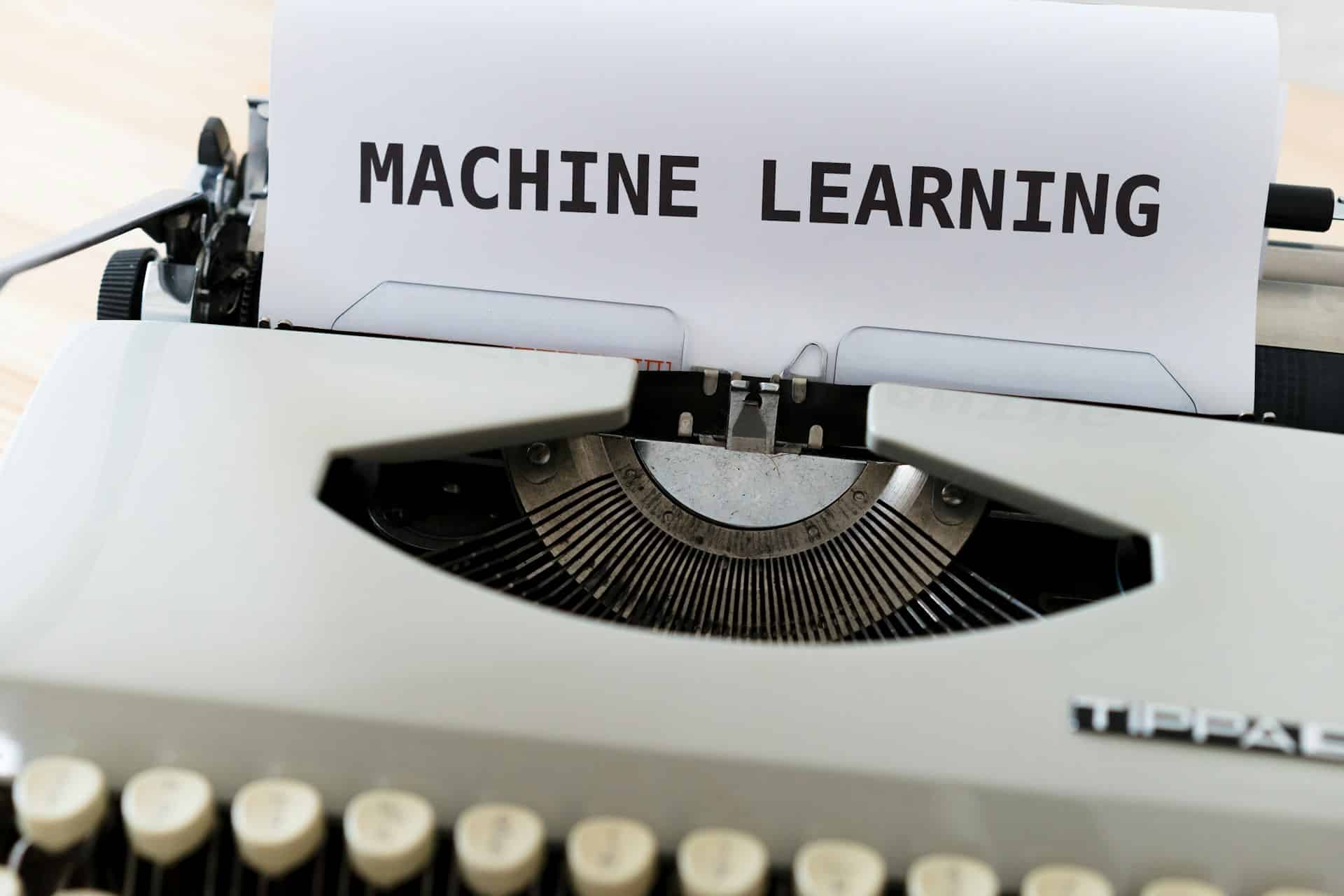How Can Machine Learning Optimize Supply Chain Demand Forecasting for UK Retailers?

In the competitive world of retail, understanding supply and demand has always been the cornerstone of success. However, in today’s data-rich environment, traditional forecasting methods have been outpaced by more sophisticated digital solutions. Machine learning models, particularly, have emerged as potent tools to optimize supply chain demand forecasting. This article will delve into how machine learning can assist UK retailers in achieving a more accurate, efficient, and cost-saving supply chain management.
Understanding Supply Chain Demand Forecasting
Before diving into the particulars of machine learning, let’s first understand the concept of supply chain demand forecasting. It is a significant aspect of retail management, enabling businesses to anticipate sales and effectively plan for their inventory. Demand forecasting uses historical sales data, seasonality patterns, market trends, and promotional information, to predict future product demand.
A lire en complément : How to Integrate Drone Technology in UK Commercial Property Surveillance?
Traditional methods of demand forecasting, such as time-series analysis or causal models, have served businesses well in the past. However, with the increasing pace of the retail market and the sheer volume of data available, these methods have started showing their limitations. This is where machine learning comes into play, offering more advanced and accurate forecasting capabilities.
The Power of Machine Learning in Demand Forecasting
Machine learning, a subfield of artificial intelligence, is a game-changer for the retail industry. It leverages algorithms to automatically learn and improve from experience without being explicitly programmed. In the context of demand forecasting, machine learning uses analytics to sift through vast datasets, identify patterns, make predictions, and continuously refine its models based on the outcomes.
Avez-vous vu cela : What Are the Strategies for UK Educational Institutions to Attract International Students?
Machine learning can handle large and complex datasets, including structured and unstructured data, more efficiently than traditional forecasting methods. It can also account for a much wider range of factors affecting demand, such as weather patterns, customer reviews, social media trends, and economic indicators. This capability of machine learning to process multidimensional data contributes significantly to the accuracy and reliability of demand forecasts.
Tailoring Machine Learning Models for Retailers
Not all machine learning models are created equal. Depending on the retailer’s needs, different types of models can be more suitable. For instance, regression models can be useful for simple forecasting tasks, while complex problems might require deep learning models or ensemble methods that combine multiple machine learning models for better predictions.
For retailers, a well-designed machine learning model can provide a comprehensive view of demand drivers, helping them to plan their supply chain more effectively. It can also help them identify sales opportunities by highlighting products or regions with higher demand, or uncover potential issues by revealing supply gaps or overstocks.
Transforming Supply Chain Management with Machine Learning
Machine learning has the potential to revolutionize supply chain management in the retail industry. By providing more accurate and timely demand forecasting, it enables retailers to optimize their inventory levels, reduce waste, improve customer satisfaction, and ultimately, boost their bottom line.
For instance, a retailer using machine learning models for demand forecasting can adjust their purchasing and production schedules to match anticipated demand, reducing the risk of overstocking or understocking. This can lead to significant cost savings and more efficient use of resources.
Moreover, machine learning models can provide real-time insights, allowing retailers to respond quickly to changes in demand. For example, if a sudden increase in demand for a particular product is detected, a retailer can swiftly increase its supply to avoid stockouts and lost sales.
The Future of Machine Learning in Retail
As machine learning continues to evolve and improve, its impact on retail and supply chain demand forecasting is expected to grow. Retailers who embrace this technology now will be better positioned to navigate the fast-paced world of retail and stay ahead of their competitors.
Machine learning can not only optimize the supply chain but also enable retailers to deliver a more personalized shopping experience, predict future trends, and make smarter business decisions.
Remember, the key to success in retail is to stay one step ahead of demand. And, with the power of machine learning, UK retailers can do just that – predict, prepare, and prosper.
Impact of Machine Learning on Inventory Management
As retail businesses across the UK are evolving, the role of inventory management is becoming increasingly significant in maintaining a smooth supply chain. So how does machine learning come into play? Let’s explore.
A critical component of supply chain management, inventory management involves maintaining the right amount of stock to meet customer demand without overstocking or understocking. Overstocking can lead to increased costs for storage and potential spoilage or obsolescence, while understocking can cause stockouts and lost sales.
In the past, retail businesses relied on historical data coupled with experience and intuition for inventory management. However, as business operations become more complex, this approach often falls short. Here, machine learning can offer immense benefits.
Machine learning algorithms can analyze vast amounts of data quickly, identify patterns, and make accurate predictions. They learn from previous decisions and continuously enhance their decision-making abilities. For instance, a popular machine learning method for inventory management is the neural network.
Neural networks can handle enormous datasets, learn from them, and make accurate predictions. They simulate human brain processes, enabling machines to learn and make decisions. For instance, a neural network can predict future demand based on historical sales data, time series analysis, and other relevant factors, thereby assisting retailers in maintaining optimal inventory levels.
Moreover, advanced machine learning models can incorporate multiple factors like market trends, seasonality, promotional activities, and external factors like weather conditions or economic indicators. They provide a holistic view of the factors affecting demand, thereby making more accurate predictions.
Machine learning can also enable real-time decision making. For example, consider a sudden surge in demand for a product. A machine learning model can detect this trend in real-time and alert the retailer, who can then increase the supply to avoid stockouts. This level of responsiveness is crucial in today’s fast-paced retail environment.
Conclusion: Machine Learning – A Game Changer for UK Retailers
The advent of machine learning has presented a paradigm shift in how UK retailers view and manage their supply chains. With its ability to analyze big data, forecast demand, and optimize inventory management, machine learning is transforming the retail landscape.
Machine learning models enable retailers to make data-driven decisions, minimising guesswork and intuition-based decision making. They can accurately predict short term and long-term demand, helping retailers prepare for future sales and reduce waste. Moreover, machine learning can help retailers respond quickly to changes in demand, ensuring they never miss a sales opportunity.
In addition to supply chain optimization, machine learning can also enhance customer experiences. By analyzing customer data, machine learning can help retailers understand customer preferences and provide personalized shopping experiences.
As per Google Scholar, the field of machine learning is evolving fast, with advancements in deep learning and support vector machines promising even more accurate and efficient forecasting models. Retailers who embrace these technologies now will be better equipped to manoeuvre the unpredictable world of retail.
While the initial investment in machine learning technology might seem daunting, the potential benefits far outweigh the costs. In the ever-competitive retail sector, staying ahead of the curve is crucial. By harnessing the power of machine learning, UK retailers can stay one step ahead of the game.
In conclusion, machine learning has moved beyond being merely a buzzword in the retail industry. It’s not just about predicting demand; it’s about understanding it, managing it, and using it as a lever to drive business success. Machine learning is not the future of retail – it’s the present, and UK retailers who realize this will be the ones who survive and thrive in the competitive market.
